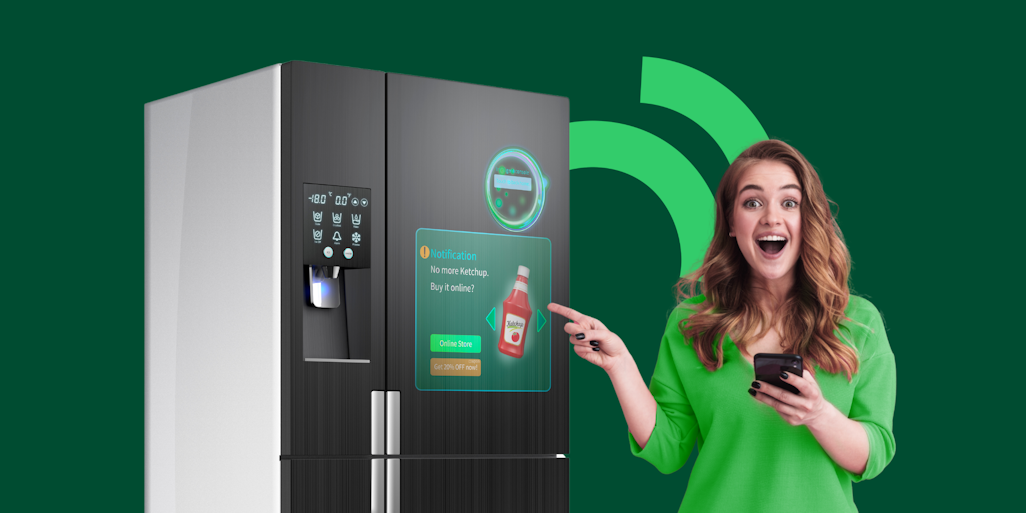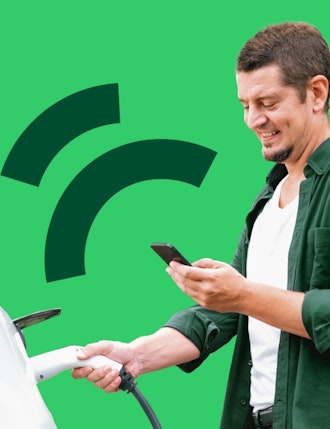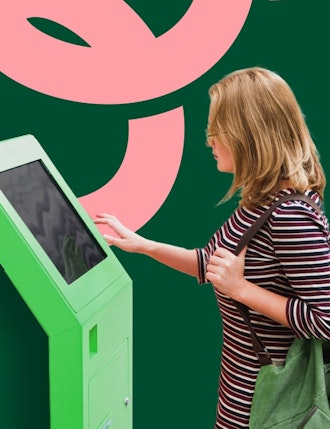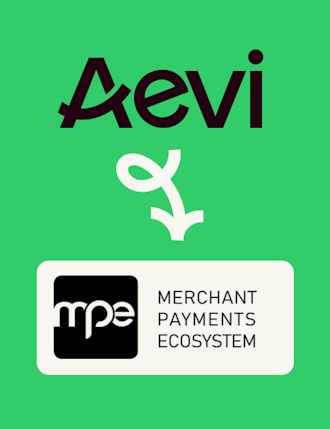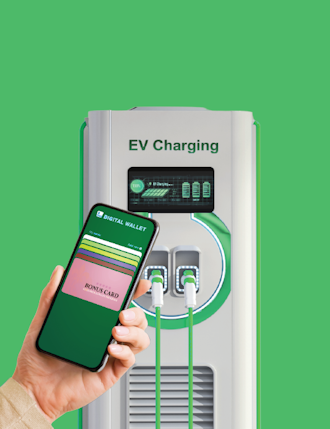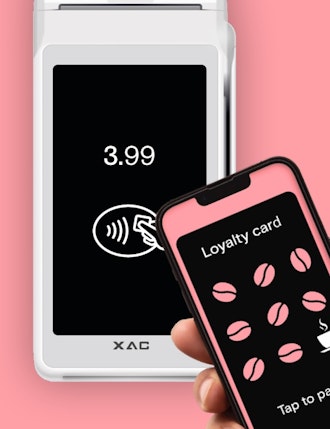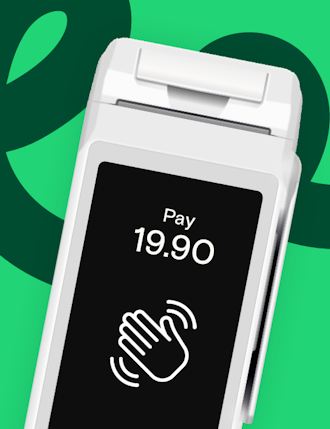When we all lead busy lives, we continue to look for more efficient solutions to make our day-to-day life that bit easier. And the payment industry continues to evolve to keep up with this demand for frictionless customer experiences.
We can tap on our phones to pay at the checkout, pay for petrol at the pump with self-service payments, and no longer need to queue up in store to pay for goods. But what about at home? Is the payment industry changing to help us there too? The evolution of next-generation customer touchpoints promises to bring the convenience of seamless and secure transactions right to our doorsteps, revolutionizing the way we manage payments within the comfort of our homes.
Let’s take a look at what smart devices enable us to do at home, and what the future may hold.
Keeping on top of your groceries with smart fridges
We’ve all been there. You open the fridge door in hope of finding a snack to find that the fridge is bare, or you forgot that one all-important ingredient. Smart fridges make that a thing of the past. Models from the likes of Samsung and LG now enable you to order directly from a touchscreen on the front of your fridge – the exact items will be fresh in your mind when you order. When the first Samsung smart fridge launched in 2016 in partnership with Mastercard, it enabled you to shop at multiple grocery retailers, and wasn’t just linked to one.
Today, smart fridges are linked to the rest of your home network which brings added advantages when you’re out of the home. With the ability to access a camera inside your fridge from your smartphone, you can see directly inside to check if you need to stock up on certain items when you’re at the store.
Some innovators in the smart fridge arena have even mooted the idea of fridges stocking up automatically for you and then ordering products online when you’re running low. It’s no surprise that Amazon is one of the players looking into this idea, but it’s not yet seen the light of day.
Ordering directly from your smart home device
One payment innovation in the home that Amazon’s been behind for a long time has been the use of smart home hubs like Alexa.
With the hub linked directly to your Amazon Prime account, you can order whatever you need from Amazon with a simple voice command. According to user survey data, when the Amazon Echo first hit the market, average user spend with Amazon jumped up by around 29% after investing in a smart home hub.
Making payments from your TV at the click of a button
Smart TVs bring a whole host of benefits to your home viewing and gaming experiences, with payments being just one of them. With functionality like Samsung Checkout, your TV is linked directly to your bank account, ensuring you can securely make payments with a simple click of a button.
In-game and in-viewing payments are quick, safe and create a frictionless payment experience.
Opting for sustainable and cost-effective choices
Smart devices that track your behaviour and make purchases in line with your habits at home have long been talked about, and we’re now starting to see this innovation when it comes to washing machines.
In the Netherlands, Homie has started its sustainable smart revolution with the humble washing machine. The premise is simple. The smart washing machine is connected to your account and charges you on a pay-per-use basis via a subscription payment model.
The washing machine comes equipped with the Homie Smart 1 – a smart device that provides insight into your washing behaviour, and ensures you only pay for the actual washing cycles you run. And the colder the wash, the lower the price. It therefore encourages users to wash less and on colder washes to save money. Plus, it also saves on average 25% in water and energy consumption, providing a more sustainable and cost-effective smart solution for your home.
Smart homes and payment technology have the potential to revolutionise how we shop at home and in-store, as well as assist us with making eco-friendly and cost-effective decisions. Customers who use this technology can use predictive analytics to anticipate expenses and therefore more effectively plan spending and manage budget.
From the perspective of merchants, it allows analysis of user behaviour, user preferences and spending patterns allowing for well times customer targeting and personalised product recommendations.
Whilst the technology may not yet be where it was once predicted, it continues to be a growing market led by innovation, consumer demand and sustainability.
